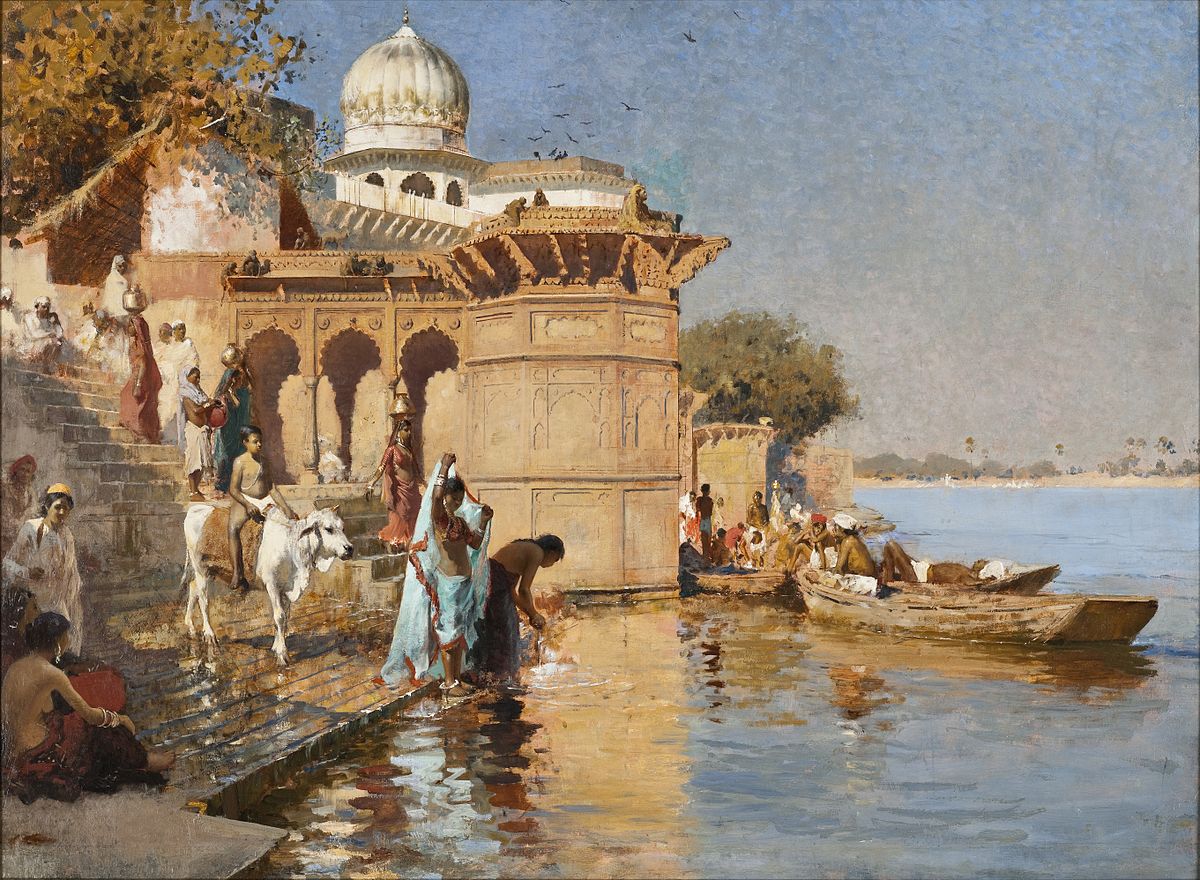
Hindu Synthesis
IndiaThe decline of Brahmanism was overcome by providing new services and incorporating the non-Vedic Indo-Aryan religious heritage of the eastern Ganges plain and local religious traditions, giving rise to contemporary Hinduism. Between 500–200 BCE and c. 300 CE the "Hindu synthesis" developed, which incorporated Sramanic and Buddhist influences and the emerging Bhakti tradition into the Brahmanical fold via the smriti literature. This synthesis emerged under the pressure of the success of Buddhism and Jainism.
According to Embree, several other religious traditions had existed side by side with the Vedic religion. These indigenous religions "eventually found a place under the broad mantle of the Vedic religion". When Brahmanism was declining and had to compete with Buddhism and Jainism, the popular religions had the opportunity to assert themselves.
This "new Brahmanism" appealed to rulers, who were attracted to the supernatural powers and the practical advice Brahmins could provide, and resulted in a resurgence of Brahmanical influence, dominating Indian society since the classical Age of Hinduism in the early centuries CE. It is reflected in the process of Sanskritization, a process in which "people from many strata of society throughout the subcontinent tended to adapt their religious and social life to Brahmanic norms". It is reflected in the tendency to identify local deities with the gods of the Sanskrit texts.
